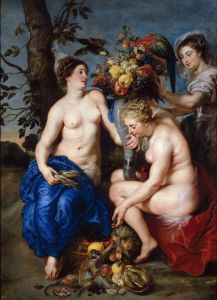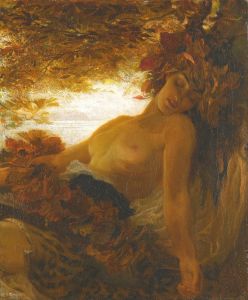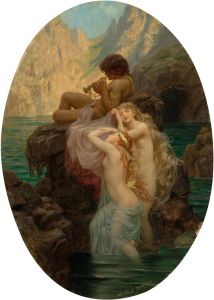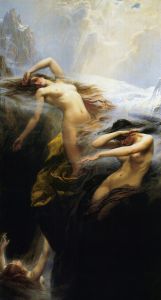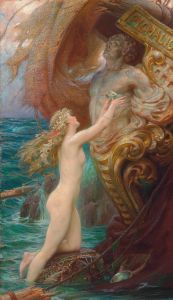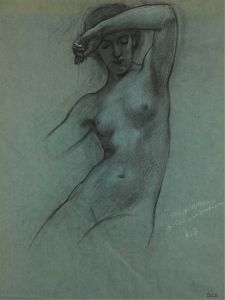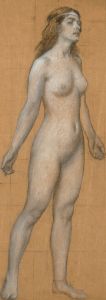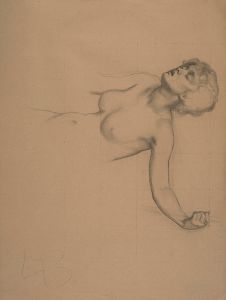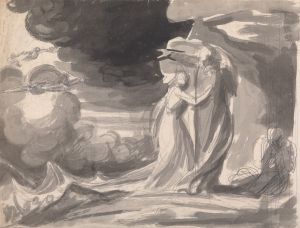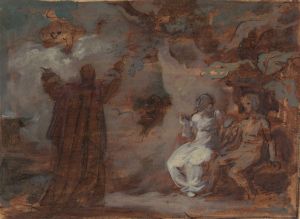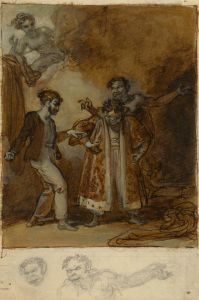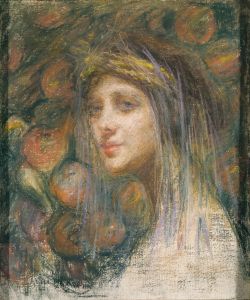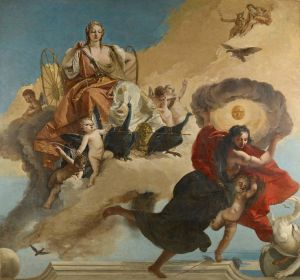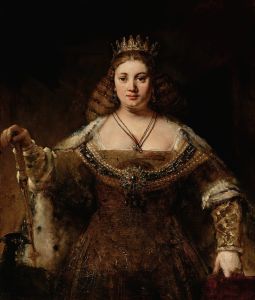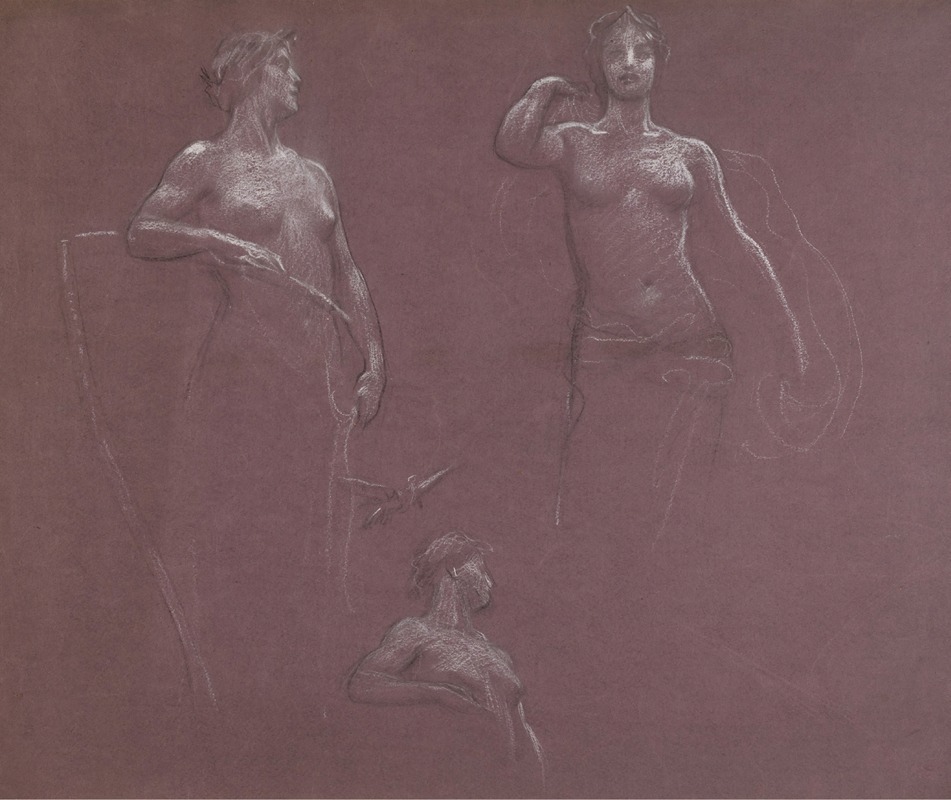
Studies for Ceres and Juno in ‘Prospero Summoning Nymphs and Deities’
A hand-painted replica of Herbert James Draper’s masterpiece Studies for Ceres and Juno in ‘Prospero Summoning Nymphs and Deities’, meticulously crafted by professional artists to capture the true essence of the original. Each piece is created with museum-quality canvas and rare mineral pigments, carefully painted by experienced artists with delicate brushstrokes and rich, layered colors to perfectly recreate the texture of the original artwork. Unlike machine-printed reproductions, this hand-painted version brings the painting to life, infused with the artist’s emotions and skill in every stroke. Whether for personal collection or home decoration, it instantly elevates the artistic atmosphere of any space.
Herbert James Draper was a British painter known for his classicist style and mythological subjects. One of his notable works is "Studies for Ceres and Juno in ‘Prospero Summoning Nymphs and Deities’," which showcases his skill in depicting mythological themes with a focus on the human form and classical motifs.
Draper was born in London in 1863 and studied at the Royal Academy of Arts. He became well-known during the late 19th and early 20th centuries, a period when there was a resurgence of interest in classical mythology and themes in art. Draper's work often featured figures from Greek and Roman mythology, rendered with a romantic and idealized aesthetic that was popular during the Victorian and Edwardian eras.
"Studies for Ceres and Juno in ‘Prospero Summoning Nymphs and Deities’" is a preparatory work for a larger painting. The studies focus on the figures of Ceres and Juno, two prominent goddesses in Roman mythology. Ceres is the goddess of agriculture, grain crops, fertility, and motherly relationships, while Juno is the queen of the gods, associated with marriage and childbirth. Draper's studies likely involved detailed sketches and paintings to perfect the composition and portrayal of these deities before incorporating them into the final piece.
The larger work, "Prospero Summoning Nymphs and Deities," draws inspiration from William Shakespeare's play "The Tempest." In the play, Prospero is a powerful magician and the rightful Duke of Milan, who uses his magic to control the elements and summon spirits. Draper's painting captures the moment when Prospero calls upon various mythological figures, including nymphs and deities, to assist him. This theme allowed Draper to explore the intersection of literature and mythology, a common practice among artists of his time.
Draper's technique in these studies would have involved careful attention to anatomy and form, as he sought to create lifelike and dynamic representations of the goddesses. His use of light and shadow, as well as his ability to convey texture and movement, are characteristic of his style. Draper's work is often noted for its rich color palette and the ethereal quality of his figures, which seem to inhabit a world that is both dreamlike and tangible.
The studies for Ceres and Juno would have been an essential part of Draper's creative process, allowing him to experiment with different poses, expressions, and compositions. These preparatory works provide insight into the artist's methods and his dedication to capturing the essence of his mythological subjects.
Herbert James Draper's contributions to art are recognized for their technical skill and imaginative scope. His works continue to be appreciated for their beauty and their ability to transport viewers to a world of myth and legend. "Studies for Ceres and Juno in ‘Prospero Summoning Nymphs and Deities’" exemplifies Draper's talent for bringing classical themes to life through his art.





